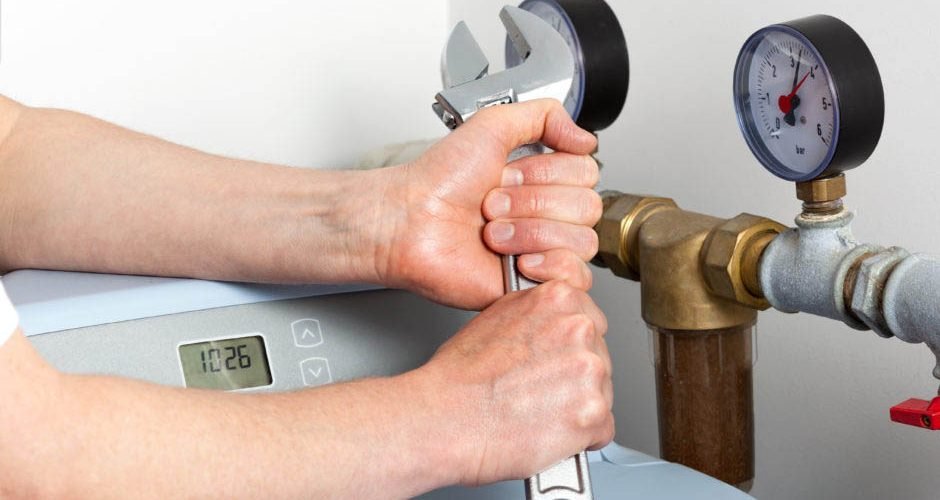Water softeners are essential for maintaining soft water and preventing associated problems. However, like any appliance, water softeners can encounter issues that affect their performance. In this article, we will discuss four common water softener issues and provide troubleshooting tips to keep your system in top condition.
If you’re seeking valuable insights on pricing and installation of water softeners to make an informed decision for your home, visit the following URL. Here, you can learn about water softener installation costs and enhance your home’s water quality:
https://www.plumbtechplumbingandheating.com/water-softener-cost-guide/.
Table of Contents
Common Water Softener Issues
If your water softener isn’t performing optimally, you may be dealing with one of the following issues:
Clogged Resin Bed
A clogged resin bed is a common issue that reduces the efficiency of a water softener and leads to poor water quality. Flushing the resin bed with a cleaner or replacing it when necessary can help prevent this problem. Regular maintenance is crucial to avoid scale buildup on appliances and fixtures.
Salt Bridges
Salt bridges occur when salt accumulates and forms a barrier in the brine tank, affecting the regeneration process. Breaking salt bridges is relatively easy; gently break apart hardened salt crust and dissolve any remaining chunks with hot water.
Motor Failure
When the water softener’s motor fails, it can disrupt the water supply. Replacing the motor is usually a straightforward task and ensures proper system performance. However, it’s best to consult a professional plumber to avoid damaging other parts and incurring additional costs.
Low Water Pressure
Low water pressure can result from mineral deposits or salt bridging in the system, hindering proper flow. Troubleshooting involves checking and cleaning clogged filters or screens, inspecting and clearing blockages in control valves or pipes, and adjusting regeneration cycle timing.
Troubleshooting Tips for Water Softener Issues
If you’re dealing with one of the water softener issues listed above, there’s no need to panic. You can troubleshoot the issue with the following tips:
Cleaning or Replacing the Resin Bed
The resin bed can become clogged over time, reducing efficiency and potentially damaging other components. Cleaning the resin bed requires shutting off the power and water supply, removing the tank lid, and cleaning with a specialized cleaner. If cleaning is ineffective, resin replacement may be necessary.
Breaking Up Salt Bridges
To resolve salt bridges, gently break up the clumps using a long object. Be cautious not to damage any parts inside the tank. If issues persist, maintenance or replacement of components such as resin or filters may be required.
Replacing the Motor
When the motor fails, replacing it is often the best solution. Ensure you choose an engine that matches your current model and follows proper installation procedures. If you need more clarification, consult a professional plumber to avoid complications.
Adjusting Water Pressure
Troubleshoot low water pressure by checking valves for whole openings, inspecting regeneration cycle settings, and considering the installation of a booster pump to increase water flow.
4 Common Water Softener Issues — Conclusion
In conclusion, water softeners are vital for maintaining soft water, but they can encounter common issues. Regular maintenance, including cleaning or replacing the resin bed, breaking up salt bridges, and adjusting settings, can prevent or resolve many problems. However, for complex issues or lack of confidence in handling repairs, it’s recommended to seek assistance from a professional plumber.





